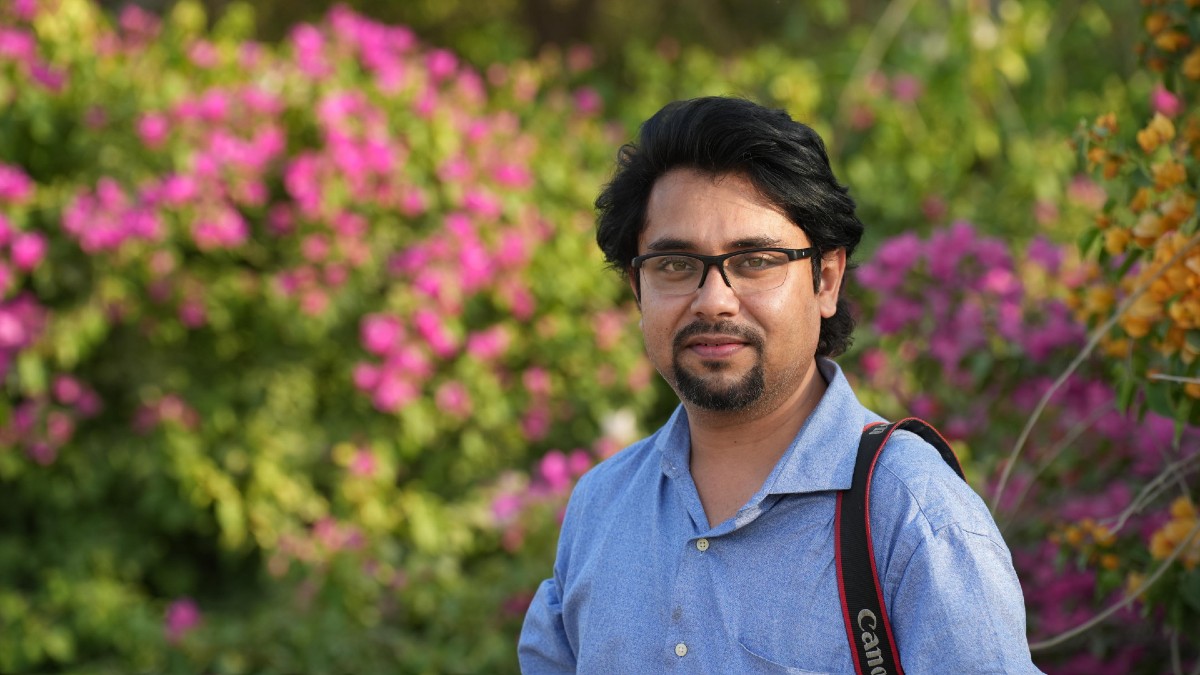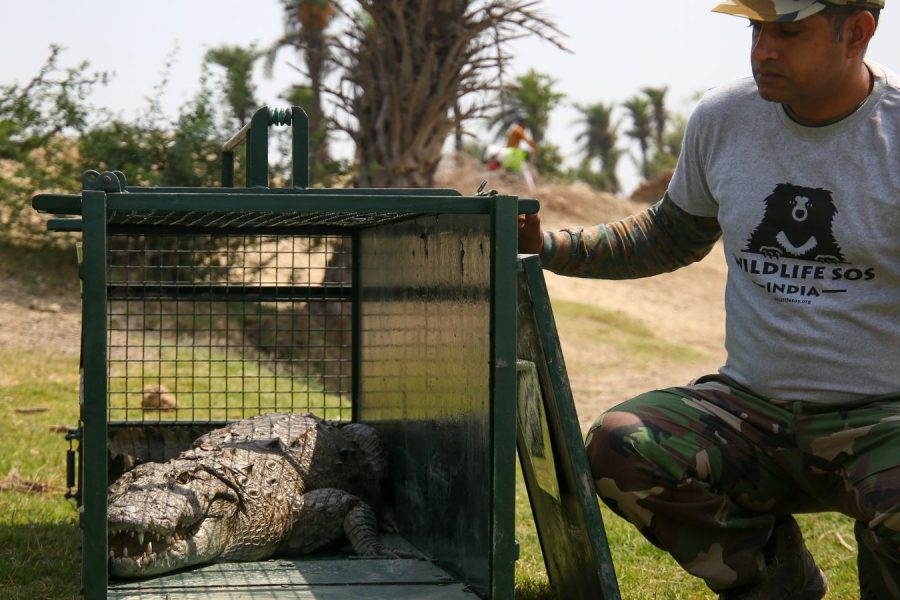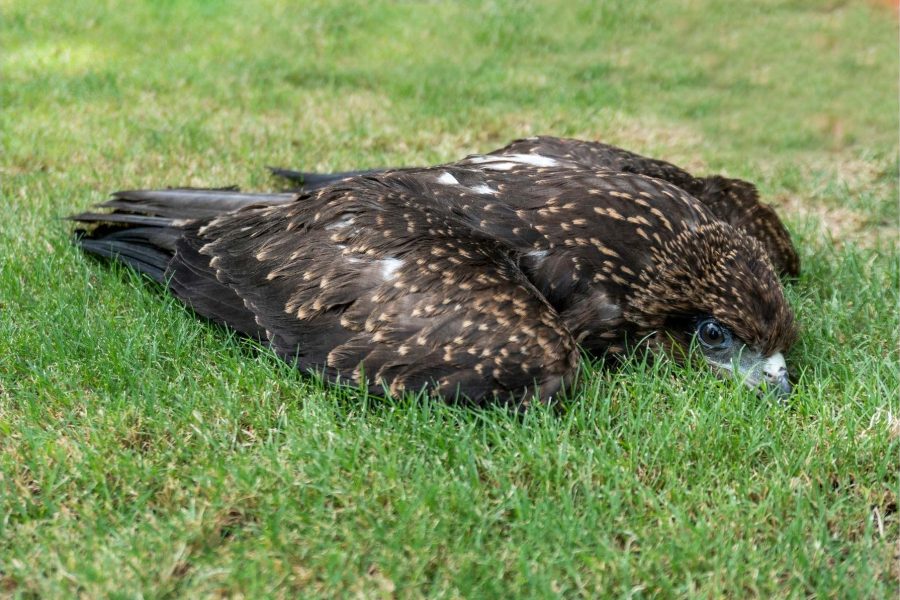When a passionate wildlife enthusiast meets the right organisation, it can spark a transformative journey. For Shresatha Pachori, Senior Press and Communications Officer with Wildlife SOS, this was precisely the case. His professional journey in wildlife conservation was a culmination of experiences nurtured throughout his childhood.
Born and raised in Agra, Shresatha would often sight the mention of Wildlife SOS while scanning the local newspapers. His curiosity was furthered when he read that the largest sloth bear rescue facility in the world was located in his own city! When he first visited the Agra Bear Rescue Facility (ABRF), a single sighting of a sloth bear ignited a lasting passion in him for wildlife conservation. After completing his bachelor’s in Mass Communication from Noida, Shresatha returned to Agra to begin his career with Wildlife SOS as a photographer. Eight years have passed since then, and he continues to reflect enthusiasm in each of his endeavours.
Shresatha found both his passion and profession in wildlife conservation. His talent and verve now has him wear many hats, and as the Staff of the Month, Shresatha’s journey is one worth exploring!
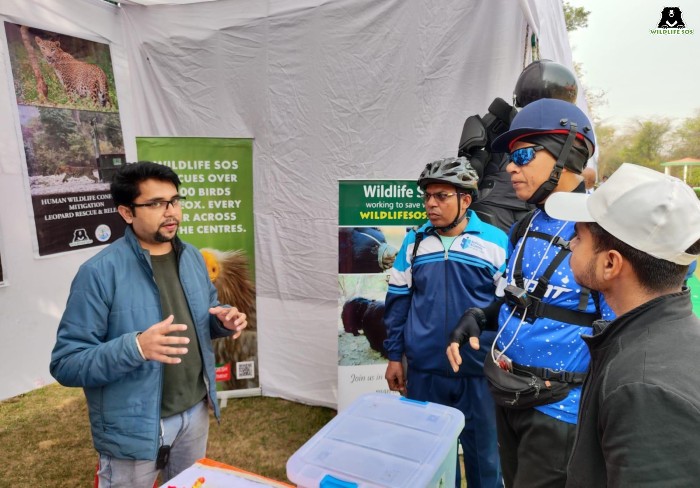
What drew you to the field of wildlife conservation?
Animals have always fascinated me, and growing up in a family that shared the same adoration served to further my affection towards them. As a child, my grandfather would take me to a safari park that was operated by the divisional forest officer of Agra at the time. Although the park is now closed, I vividly remember spotting the Indian hog deer, spotted deer, and some turtles. I knew I wanted to work with animals when I grew up. So, in 2016, I began my professional journey with Wildlife SOS as a photographer. Over time, my roles evolved and now I am a Senior Press and Communication Officer, the Documentation Officer as well as a part of the Rapid Response Unit in Agra.
After eight years of experience in wildlife conservation, what retains your interest in the work that you do?
I find my job very fascinating. The part I find most interesting is rescue operations because it brings new challenges. As a photographer, I would accompany the Rapid Response Unit during rescue operations to document the event. With each experience, I learned that successful rescues require careful strategy, teamwork and a degree of spontaneity.
I remember my first rescue mission. We were headed to Sadabad in the Hathras district to save a leopard that had climbed a tree nearly 70 feet high. With many people watching intently, it turned into a 12-hour long operation. Honestly, I was really scared. It was a leopard after all! But that was just the beginning of many more to come. Long days spent with the team on various rescues have now led me to become an integral part of the rescue team. Now, I also assist in devising strategies for these operations.

Which is the most memorable rescue experience for you?
I have a lot of memories attached to the organisation. One that I cherish is the rescue of a mugger crocodile. It was 11 ft long, and it had been the biggest crocodile we had ever rescued from Uttar Pradesh. The mugger was in a large water body in Shahjahanpur, Uttar Pradesh and had come in conflict with villagers, causing panic among them. To repel any negative encounters in the area, Wildlife SOS was called in by the forest department. After a challenging five-day long rescue operation, we successfully translocated the mugger into a suitable habitat nearby. What stood out most during this rescue was the growing awareness among the local community about wildlife. The villagers were educated on the importance of the crocodile as a crucial part of the aquatic ecosystem. They came to understand that the water body was the crocodile’s home—its natural habitat.
While you capture shots of the resident bears at ABRF, is there one bear in particular that manages to capture your attention?
I have an inkling towards the younger sloth bears in the centre, especially Ron, Elvis, Molly and Mowgli. Among them, Molly holds a special place in my heart. As part of my work, I often visit her enclosure to take pictures for sponsorship updates that has allowed me to develop a close bond with her. Molly is very smart and curious. She is quick to recognise me whenever I approach her enclosure. She lifts her muzzle and opens her mouth, as though she is requesting me to give her a treat, so I make sure to carry some of her favourites for her.
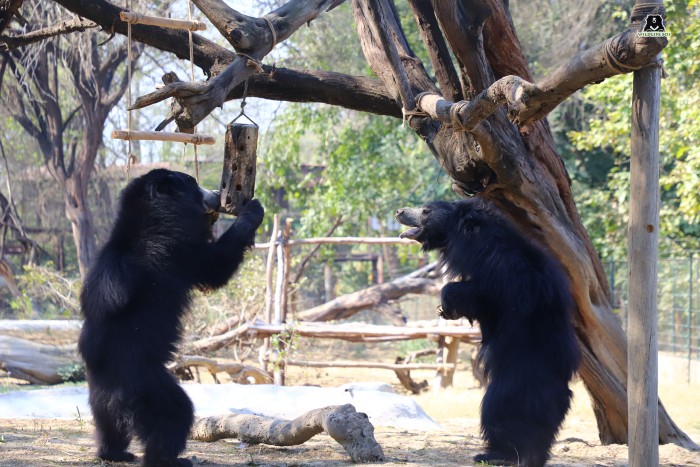
At Wildlife SOS, what is the key value that resonates with you in your role?
The most important value that resonates with me is respecting wildlife. Working with Wildlife SOS allows me to contribute towards the protection of wildlife, which aligns with my love for animals. Whenever we have visitors at our centre, I always ask them why they think it’s necessary to rescue these animals. By being involved in rescue missions, I have learned that when animals become entangled in encounters, we often overlook clearing escape routes that would allow them to return to their natural habitat. This is one of the main reasons why human-wildlife conflict arises. We need to respect animals and allow them to find their way back rather than resorting to trapping, injuring or mercilessly killing them.
I always advise people to cooperate with wildlife, as this is essential for both humans and animals to thrive together. Even in the middle of the night, I receive calls for snake rescues in my neighbourhood. This shows a growing understanding and respect for wildlife. Knowing that is very fulfilling and it pushes me to work harder.

Finally, how crucial is the role of the press in advancing wildlife conservation efforts?
I believe the press plays a crucial role in disseminating important messages regarding conservation. While people working in this field have ample knowledge about wildlife and the problems they face, it’s essential for these discussions to reach a broader audience. A single article has the power to reach many people and this can spark significant changes in people’s behaviour towards wildlife. Through press, vital information regarding conservation efforts reaches wider audiences and has the potential to amplify an organisation’s message. In the field of wildlife conservation, the press serves as a voice for animals that cannot speak for themselves. It is necessary for people to understand wildlife to mitigate conflict situations, and be informed on how to handle situations of animal encounter with empathy.

